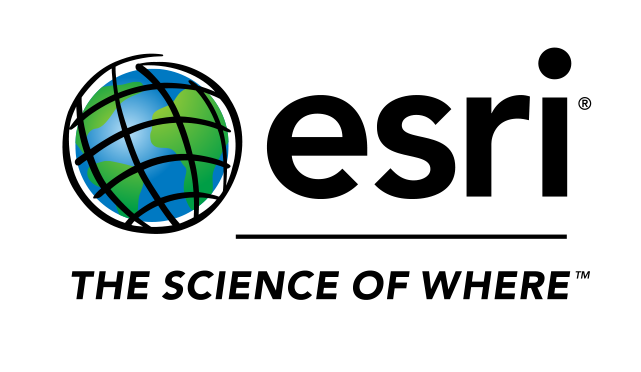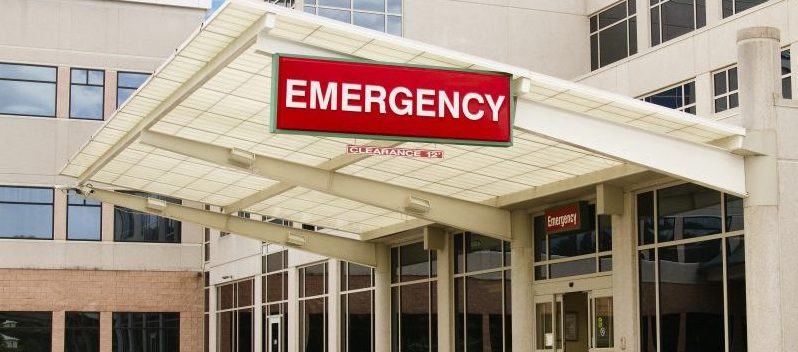This article is an excerpt from GovLoop’s report titled “Altering the Course of Disease Surveillance: Connecting Cause and Effect to Location.” Download the full report here.
Historically, organizations turned to GIS to map, track and understand the scope of health issues affecting their community. They’ve been able to use GIS to organize the substantial amount of data they collect, and use new data in real time, to inform decision-makers.
Disease surveillance is one such area that can support a collaborative approach by GIS and a location-based strategy. The web GIS pattern promotes a collaborative environment and connects disease data early enough for organizations to take effective action. The earlier the detection of an epidemic or disease, the greater the odds of its successful containment.
To do this, health organizations must rethink workflows and identify where gaps are in which GIS can and is providing value. GIS aids response by helping share information on emerging disease threats and what is causing them to stakeholders at all levels. GIS can help in planning disease surveillance activities and reducing costs associated with the necessary interventions by predicting outcomes before financial commitments are made. It also helps with prioritizing the allocation of resources.
Additionally, GIS provides a common platform for multi-disease surveillance activities. Standardized epidemiological data can place disease surveillance data in context with information on demographics, the environment, administrative boundaries and more.
GIS also shows information on disease occurrence at a variety of scales, from regions to individual cases. Mapping graphically portrays the distribution and pattern of disease and the intensity of an outbreak. This information can be related to the locations of service providers, customers, resources and programs. The dynamic link between databases and maps provided by GIS means that updates to data are automatically reflected in dashboards, maps and apps.
Additionally, the latest advancements in GIS technology have made the work of disease surveillance efforts even more comprehensive and effective in the following ways:
• Professional mapping is now provided in an intuitive user interface that advances visualization, analytics, image processing, data management and integration.
• Scientific analytical tools are also now available to identify patterns, make predictions and answer questions, and you can connect to your data directly and use maps, charts and tables to perform basic to complex analyses that scale based on skill level and meet mission need.
• Communication tools can help better inform officials and the public about outbreaks or other relevant information. • Data can be collected using mobile devices and sensors and then organized for quick analysis and collaboration.
• Finally, cloud-based GIS technology lets your maps scale so hundreds or even thousands of people can interact with them at the same time.
These new GIS advancements enable organizations to make the most of their data, driving better decision-making and ensuring the public remains healthy and safe.






Leave a Reply
You must be logged in to post a comment.